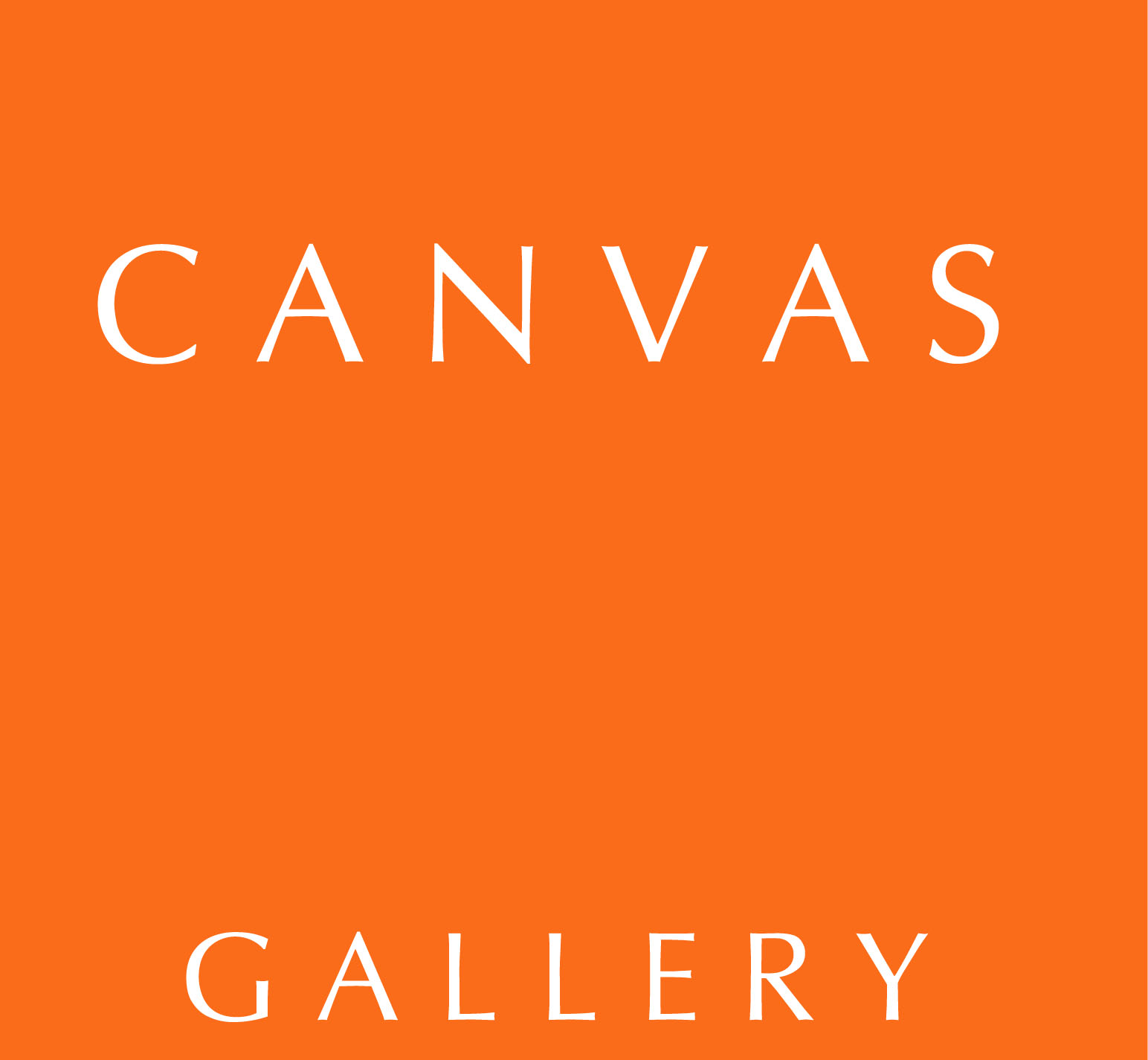Creative Alternatives
Taaza Tareen 13
March 1 – April 12, 2021
with Ali Shariq Jamali, Anusha Ramchand Novlani, Sayera Anwar, Sunita Maharjan &
Shah Numair Ahmed Abbasi (art writer in residence)
Creative Alternatives is the culmination of Vasl Artists’ Association’s flagship artists’ residency program called Taaza Tareen. This year, for the 13th rotation of the program, Vasl is proud to present artists-in-residence Anusha Novlani, Karachi; Sayera Anwar, Lahore/Islamabad; Sunita Maharjan, Nepal; Ali Shariq Jamali, Jamshoro and Art Writer in Residence, Shah Numair Ahmed Abbasi, Karachi who have worked extensively on their new research and works exhibited at Full Circle Gallery.
Creative Alternatives reflects the state of the artists, as they maneuver their practices through a shift of dialogue, curating personalized ideas of conversations in their own specific styles, while residing in the city of Karachi. The scheduled six-week residency continued from March 1, 2021 through April 12, 2021
Ali Shariq Jamali
Ali Shariq Jamali is a visual artist based in Lahore, Pakistan. He graduated from National College of Arts in Lahore, Pakistan, with BFA in 2018. He continued his education at the Beaconhouse National University, Lahore and graduated with a Masters degree in Arts and Design studies program in 2021. He has participated in many national exhibitions. Shariq works with installation art, photography and video art.
Artist Statement:
Human experiences are an outcome of our ability to comprehend and rationalize. Experiences are limited due to their sensory dependencies and so is the perception of our reality. Anything that escapes human sensory experience is understood as impossible. At the same time, we live in a world of full of dichotomies, where things can contradict one another and are paradoxical. At times, our sensory perceptions are called into question as they contradict the limits of human imagination.
My practice draws perceptual trajectories of the human mind and its ability to conceive contradictions. By creating altered realities, my works recreates the possible and the impossible, reality and imagination, tangible and intangible from truth and from fiction. In my pieces, I attempt to challenge the physical laws- reverse them or up-end them with deft manipulations, by breaking down the understanding of the original material and inventing a compelling new way of responding to it. My sculptural works create new meanings to the objects that inhabit our daily lives. As a result, it forces the viewer to reconsider ways in which these objects can be engaged with.
My ongoing research is based on perceptions and how the human mind comprehends dichotomies of the physical world. This research centers around the natural phenomenons in urban environments that I chose to manipulate and work with. I aim to highlight the physicality of natural materials found in my ventures as a wanderer in the city. These bodies of work which I have created during my residency intersect with my previous work in urban landscapes. My perceptual journey explores a multitude of objects, which brings into questions our perceptions of possibilities and impossibilities.
Anusha Ramchand Novlani
Anusha Ramchand born in Hyderabad, graduated, with distinction, in Fine Art Painting from the National College of Arts in 2019. Based in Karachi, she looks to advance one step further by divulging her passion on a much bigger scale. Having an affinity for the pure painting technique does not limit her potential and vision; instead of considering herself as just another painter, she embraces and lets loose her creativity and imagination on any canvas, through any medium she sees fit thus positioning herself as an avid believer in era of visual artists instead of specialized art forms. Ramchand aims to channel that interest into expressing her opinion regarding identity, gender stereotypes and popular culture in an attempt to dissect these schools of thoughts and question their validity and relevance on a superficial level.
Artist Statement:
Karachi is Pakistan’s most populous metropolis, brimming with continued growing communities. A densely populated city, occupied with overwhelming urban structures that are slowly taking over the city and overshadowing the remnants of historical sites, leaving behind faint facades and traces. When one observes the constant destruction and modernized reconstruction which tears down old structures in Karachi, leaving behind a muted sense of public resentment. Multiple heritage sites are being overtaken by modernity, large scale structures stand in a specific way, from which an obvious clash between modern and traditional facades is observed.
The idea of our pre-colonial history and heritage being broken down simply to accommodate yet another tall tower is not a very heartwarming aspect, however this is not the perspective I look from when making my work. I document the ever-changing city of Karachi from a distinct aspect. I myself, seek out conversations between the contrasting architectures that make up the city of Karachi, personally enjoying the aesthetic of modern and historical architectures coming together, despite an obvious contrast. I try to communicate a fictional space in which all diverse communities co-exist together. As I was exploring my own city as a tourist, I stood in front of Mohatta Palace, where I observed the sand-colored, mighty palace. What immediately caught my interest was the tall standing, almost metallic structure of Icon Tower, in its background, towering over Mohatta Palace and optically, it resonated differently. It brought out the coexistence of the old and new, how they merge into each other, converse and contrast in their form and existence.
In order to exhibit their relationship, in my work, I augmented their 2D forms and let their colors speak for the space they create for themselves in Karachi’s earthly tones. I believe that this dismantling and rebuilding of Karachi allows modern architecture to complement our historical landmarks; giving each their own space and simultaneously allowing them to highlight the presence of the other in the bold contrasts of white against bright colors.
Sayera Anwar
Sayera Anwar did her bachelor’s in Fine Arts from Beaconhouse National University, Lahore where she graduated with a place in the Dean’s Honor List. Her art practice explores the crafts, personal history of her family’s experience of 1947 partition, their struggle of migrating from India to Pakistan, and the experience of uprooting and creating a new life. She combines this history with her present and talks about the experience of two different generations on the idea of boundaries. Her work is mostly in fabric, sculpture painting, photography, and video art. She is currently living and working in Lahore and Islamabad, Pakistan.
Sunita Maharjan
Shah Numair Ahmed Abbasi
Numair Abbasi is a multidisciplinary artist and a freelance writer who lives and works in Karachi. He completed his BFA with a distinction from the Indus Valley School of Art and Architecture in 2014 where he specialised in sculpture and photography. Abbasi has since exhibited both locally and internationally. He was the recipient of the Gasworks Pakistan Residency 2018 in London, and Antropical Artists Residency 2019 in Steinfort. He was a Visiting Artist Fellow of the Laxmi Mittal South Asian Institute at Harvard University, Cambridge in 2020. Abbasi currently teaches Art and Design at a private O level institution.
Artist Statement:
To have an insightful and productive discourse with someone, one must nurture the ability to grasp the other person’s perspective. It requires us to negotiate our positions; readily shift to comprehend or simulate another viewpoint.
This performance interview is a symbolic recreation of the many reflexive discussions I held with the resident artists. During those conversations, we exchanged perceptions, contested ideas, and enlightened ourselves and the other. Such processes inevitably enabled us to reorient ourselves and be in other’s shoes – either mindfully or unknowingly – to view abstract polemics from each other’s stance.
The dramatized discussion is also an extrapolation of my current art practice. It expands on my particular interest in probing whether (and how much of) human behaviour, interaction and intimacy is a conditioned performance or contrarily demonstrates our true nature.






























